The mayor of London Sadiq Khan released the final version of his Affordable Housing and Viability Supplementary Planning Guidance (SPG) last week - hailed by City Hall as “a practical first step to raise the amount of affordable housing coming through the planning system”.
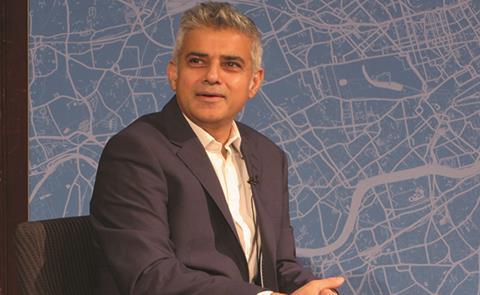
The document, which was published after a consultation running from the end of November to February, contained a couple of surprises.
A new approach to fast-track schemes through the planning system lies at the heart of the SPG. Last November’s draft stated that developers that offer a minimum of 35% affordable housing will have their schemes waved through without viability checks. In the final version, this remains the case for developments on private land.
However, projects on public land will have to achieve at least 50% affordable housing to qualify for the fast-track route.
The document also contains a number of amendments that Margaret Baddeley, planning director at consultancy firm Lichfields, says are welcome “particularly in terms of increased clarity and elements of moderation throughout the guidance”.
“The threshold approach to viability and its two routes for applicants are explained in simpler terms, as a key example,” she says. “In terms of detail, there is now scope for more flexibility in applying the guidance on viability assessments.”
Reservations
However, developers and agents have reservations about the new system. Savills’ head of London planning Nick de Lotbiniere says the conditions attached to the thresholds may have a significant effect on the viability of schemes.
“The threshold approach has the potential to be inflexible,” he says. “The affordable homes portion of the scheme must meet all other planning regulations and contain a mix of tenures for the scheme to be fast-tracked.”
There is concern that the guidance will take time to feed though, creating a hiatus - Greg Hill, Hill
Greg Hill, deputy chief executive of housebuilder Hill, adds that the market could suffer a slowdown as it adapts to the new system. “Private landowners have their expectations set by the market, which historically has transacted with levels of affordable housing lower than 35%,” he says. “There is a concern that the guidance will take time to feed through, creating a temporary hiatus in the market as expectations realign.”
Alongside the new guidance, the mayor also announced plans to clamp down on developers that seek to reduce affordable housing levels after planning permission has been granted. In a letter to all London boroughs, he urged them to consult his team of experts before making decisions. He currently has no formal powers to intervene, but City Hall said last week he was “pushing for a greater role” from central government.
The move came in response to Wandsworth council’s decision in June to wave through cuts to Battersea Power Station’s affordable homes commitment.
“I’m determined to ensure we don’t have a repeat of what happened at Battersea Power Station,” Khan said in the letter.
His message was clear: ‘If your scheme is fast-tracked and you back-pedal on your affordable housing commitment, I will be on your case.’
How loudly that message resonates remains to be seen.

























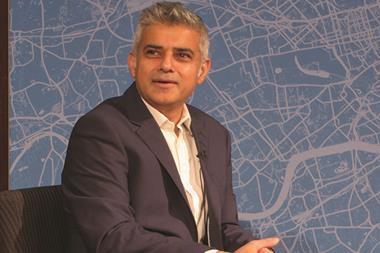

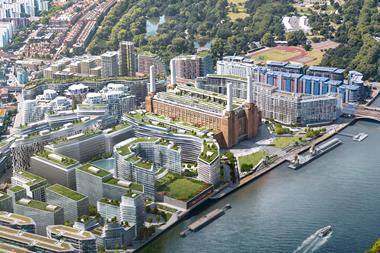
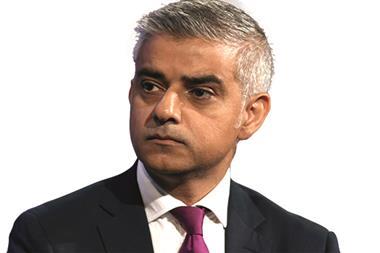
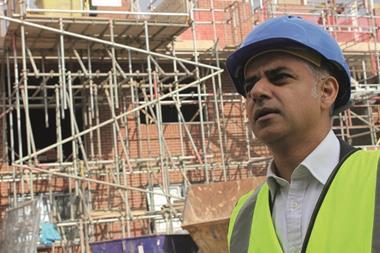

No comments yet